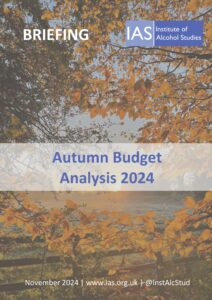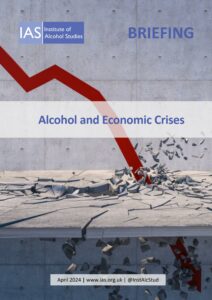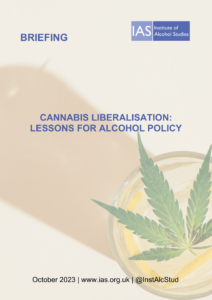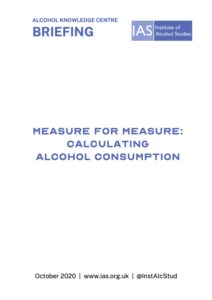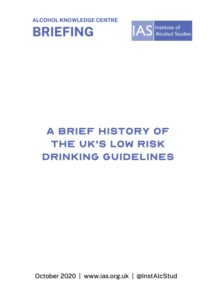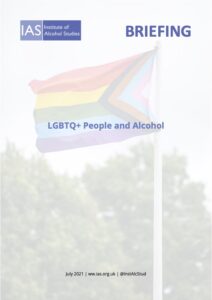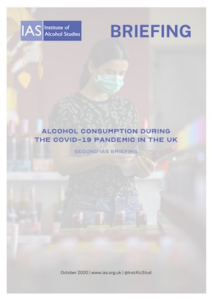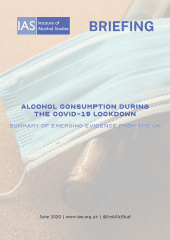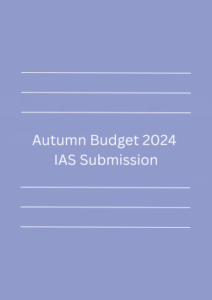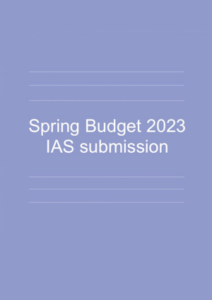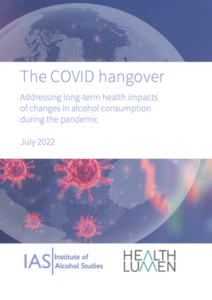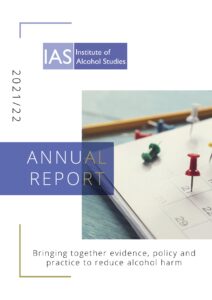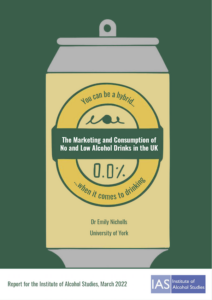On this page
Alcohol consumption in Great Britain has risen per head of the adult population during the post-war years, more than doubling between the mid-1950s and late 1990s, when it hit double figures for the first time. It has fallen slightly from a peak of 11.6 litres in 2004; periods of slow economic activity in recent years may have contributed to this relative decline (click on the link to download a spreadsheet of consumption trends since 1980 [UK total consumption of alcohol since 1980]). Men consume on average more than twice as much alcohol – mainly beer – on a weekly basis as women, although in terms of amounts drunk, women now purchase more units of wine than men in total. According to research company Nielsen, roughly seven in every ten wine bottles sold in Britain’s supermarkets are bought by women.
This fact is also representative of a long-term increase in the proportion of alcohol purchased from off-licenced outlets and consumed at home rather than in pubs and bars; British Beer & Pub Association (BBPA) figures estimate that three times as much alcohol is now bought from off-licenced premises as from pubs and other on-licenced premises. This is thought to be due to the increased affordability of alcoholic beverages from off-licence vendors, relative to the cost of purchasing drinks in pubs and bars.
Facts and stats
- Units are a simple way of expressing the quantity of pure alcohol in a drink, offering a standardised comparison of the volume of alcohol (ABV) between alcoholic beverages.
- In the UK, one unit is equal to eight grams of pure alcohol, which is also equivalent to ten millilitres of pure ethanol (alcohol). The number of grams that make up a unit varies between countries.
- Alcohol takes roughly an hour for the average adult to process in the body (although there are many varying factors which mean all drinkers process alcohol differently).
What is a unit of alcohol? by The Institute of Alcohol Studies
- The UK’s Chief Medical Officers’ low risk guidelines state that you are safest not to drink regularly more than 14 units per week, to keep health risks from alcohol to a low level.
- If you drink as much as 14 units in a week, it is advised to spread this evenly over three days or more. If you wish to cut down the amount you are drinking, a good way to help achieve this is to have several drink-free days each week.
- If you are pregnant or planning a pregnancy, the safest approach is not to drink alcohol at all, to keep risks to your baby to a minimum. (UK Gov, 2016)
- The UK’s Chief Medical Officers’ guidelines classify drinking up to 14 units in a week as ‘low or moderate risk’.
- 24% of English, 17% of Welsh, 22% of Scottish, and 16% of Northern Irish people consume alcohol at an increasing and higher risk, meaning that they drink more than 14 units in a week.
- Among drinkers, 30% of English, 20% of Welsh, 27% of Scottish, and 21% of Northern drinkers consume over 14 units a week.
What proportion of drinkers drink above the low risk guidelines? by The Institute of Alcohol Studies
How many drinkers consume above the guidelines? by The Institute of Alcohol Studies
- Consumption per adult (aged 15 years and over) first hit double digits in 1997, peaking at 11.6 litres in 2004 before falling to 9.9 litres today
- Over the past decade however, consumption has risen by 5%.
How much do Brits drink? by The Institute of Alcohol Studies
How often do Brits drink? by The Institute of Alcohol Studies
- The disparity between on and off-trade consumption among adults has widened since 2000.
- Off-trade consumption (alcohol bought from retailers) has increased by 1.5 litres of pure alcohol.
- On-trade consumption among adults in the UK (ie drinking alcohol sold in pubs, nightclubs and hotels) declined by 1.8 litres of pure alcohol per person since 2000.
Do Brits drink more out, or at home? by The Institute of Alcohol Studies
- In England in 2022, 19% had not drunk alcohol in the last 12 months (NHS, 2024)
- England: 37% of 11-15-year-olds have ever had a drink in 2023
- Scotland: 36% of 13-year-olds; 71% of 15-year-olds
- Wales: 51% of 13-year-olds; 77% of 15-year-olds
- NI: 1/3 of those aged 11-16, half of whom had their first drink under 13
- The following charts are for England only.
How many 11-15 year olds have ever drank? by The Institute of Alcohol Studies
What amount of alcohol have 11-15 year olds consumed? by The Institute of Alcohol Studies
What proportion of 11-15 year olds have been intoxicated? by The Institute of Alcohol Studies
What proportion of young adults in the UK drink alcohol? by The Institute of Alcohol Studies
What proportion of older adults in the UK drink alcohol? by The Institute of Alcohol Studies
- 76% of women in England reported drinking in the last year
- Average number of units drunk per week by women: 8.5
- 1 in 7 women drinking more than the CMO’s weekly guideline of 14 units a week
What proportion of women in the UK drink alcohol? by The Institute of Alcohol Studies
- 82% of men in England reported drinking in the last year
- Average number of units per week consumed amongst men: 14.7
- 3 in 10 men drink more than the CMO’s weekly guidelines
What proportion of men in the UK drink alcohol? by The Institute of Alcohol Studies
Briefings
Reports
Blogs
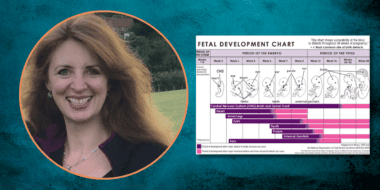
An introduction to Foetal Alcohol Spectrum Disorder (FASD)
11th December 2024
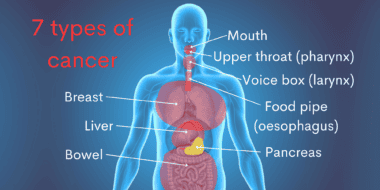
How can we improve public understanding that alcohol can cause cancer?
22nd October 2024

How can genetics help assess the potential harms of moderate drinking?
14th October 2024

Alcohol trade groups mislead Prime Minister on duty ‘increase’, putting revenue – and lives – at risk
9th October 2024

Alcohol’s hidden calories: a missed opportunity in obesity policy
2nd October 2024

Alcohol and its Impact on the Adolescent Brain
1st August 2024

How do economic crises impact levels of alcohol harm, and who is most affected?
18th July 2024

